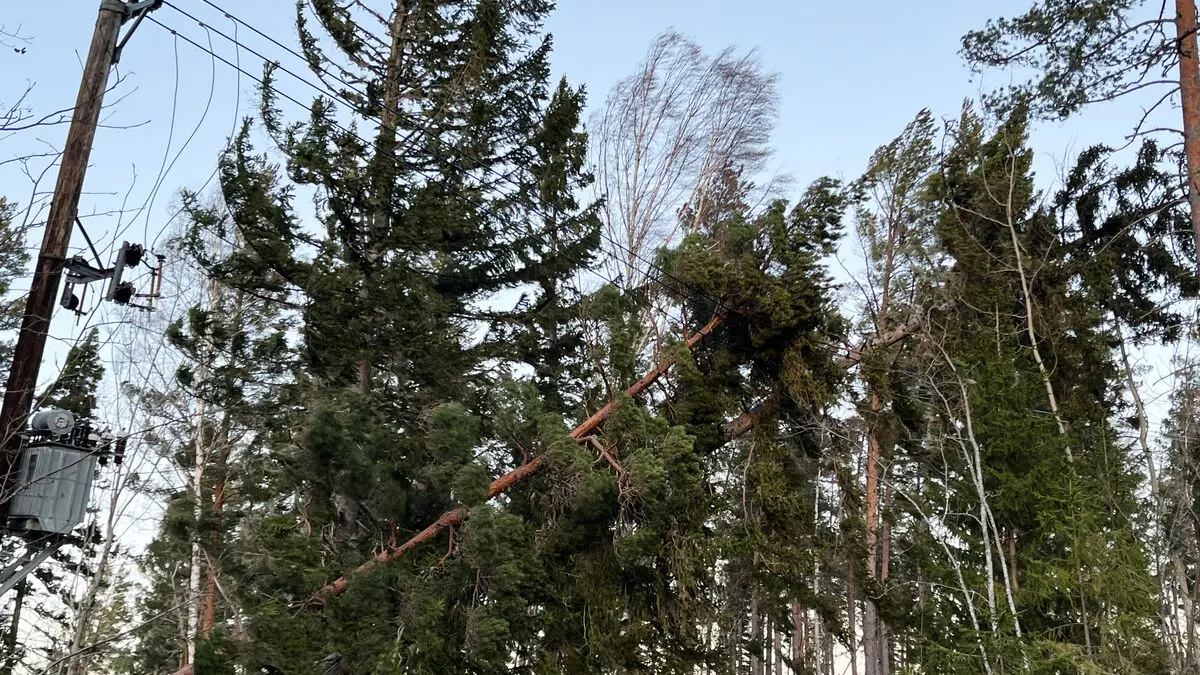Until the 1970s, the park snail was mainly found in Skåne.
Now it has become very common. You have actually seen it all the way up in Umeå, says Ted von Proschwitz, snail and slug expert at the Gothenburg Natural History Museum.
A few years ago, there was a horror example in Örebro County where the park snail had completely exploded. There were tens of thousands of specimens.
The same development can be seen in other European countries. A warmer climate in combination with humans moving soil and plants is believed to be behind the spread.
Very similar
Originally, the park snail comes from Central Europe and it is very similar in appearance to the garden snail. The difference can be seen at the shell's mouth.
When the shell has grown, a small thickening is formed, which is white in the garden snail, but brown or black in the park snail.
The park snail has the potential to outcompete the garden snail and become a pest in gardens and parks. But can it become a new killer slug? Not really, answers Ted von Proschwitz.
It is not on par with the killer slug. A difference between snails and slugs is that the snail's shell must grow fully for it to become sexually mature. It doesn't do that in one year in Sweden, but it needs at least two years.
The slugs are more aggressive and there are more of them. But the park snails do help to destroy both ornamental plants and crops.
Helping out
To get a better picture of the park snail's distribution, the museum is enlisting the help of schoolchildren.
Please send a picture so that we can really determine what it is. It's always interesting to get reports about this species, you find it in the most surprising places today.
Look from May to October. In the winter, the snails are hidden.
The snails are most active after rain. The drier it is, the harder it is to find them.
Park snails are found where people are, in gardens and parks.
It can be difficult to distinguish park and garden snails from each other. The park snail has a dark band on the inside of the shell's mouth. The garden snail has a light band.
Try to leave the snails where they were found to avoid contributing to the spread of foreign species.
Source: Gothenburg Natural History Museum





